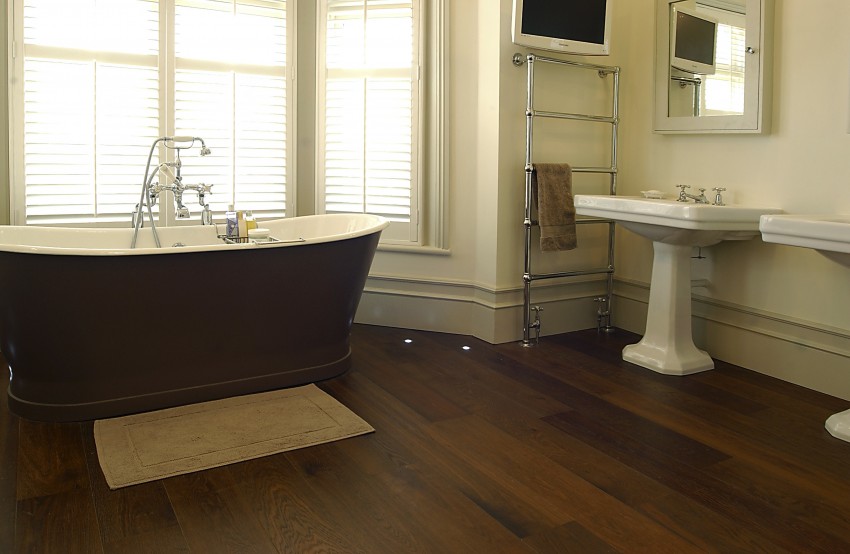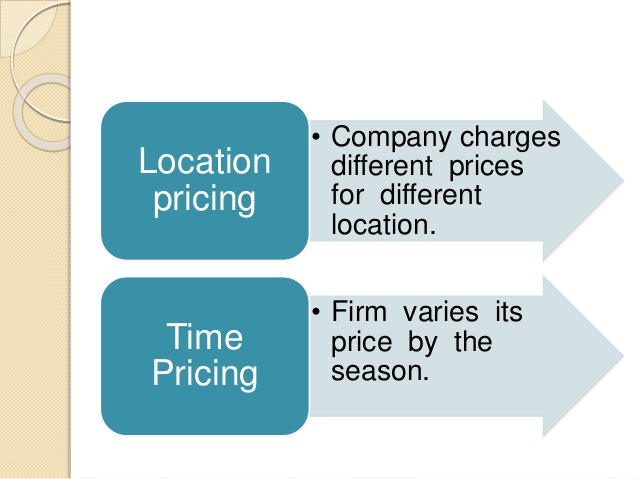One of the first DIY projects that you may attempt as a homeowner is the infamous redoing of the bathroom. It’s a relatively small space, small repairs can be done relatively inexpensively, there’s usually more than one bathroom so mistakes don’t cause upheavals, and if you make a mistake, a professional can fix it quickly.

But, once you’ve decided that it’s time to get it done, here are five tips to follow for successful DIY bathroom projects – know your mold prevention processes, attempt a smaller project first to test your skills, get all the materials on hand before starting anything, choose the more reputable video presentations to follow, and use low cost materials for practice first.
Know Your Mold Prevention Processes
Bathrooms are probably the moldiest rooms in your home. Therefore, when redoing a bathroom, if youkeep mold prevention in mind, the steps you take when doing things like putting in new tiles or laying down grout can be centered around the idea that you want to keep mold from ever happening, rather than trying to cure an unfortunate infestation later.
Do a Smaller Project First
If you have a large bathroom and a small bathroom, work on the small bathroom first. And if there’s just one thing that needs to be done first, like installing a new sink fixture, just try that smaller project first. It will help you gain confidence about the overall process, and a small success at the beginning will perhaps show your other housemates that you can take on the entire project effectively. Small projects are one of the most important ways to tackle your initial fears of home improvement projects.
Get All Materials On Hand Before Starting
One gigantic mistake that people make when doing any project, and especially bathroom DIY projects, is not having everything together before they start. This means all the glue, grout, tile, cleaners, parts and pieces, all in the same place before starting. Mistakes in timing can be very costly. Finding out you have to run to the hardware store in the middle of a project is close to the most frustrating thing ever.
Find the More Reputable Video Presentations
When youfind DIY video sites, be sure to follow along with the more reputable ones. Some of the people who put out videos are a little bit casual about details, and you can get in trouble fast by trusting them too quickly.
Use Low Cost Materials for Practice First
If you’re not sure how a process is going to work, try that particular activity out with low-cost materials first. It’s okay to break parts and pieces that are inexpensive while experimenting, but using high end stuff that breaks when you do something incorrectly is going to get pricey fast.








